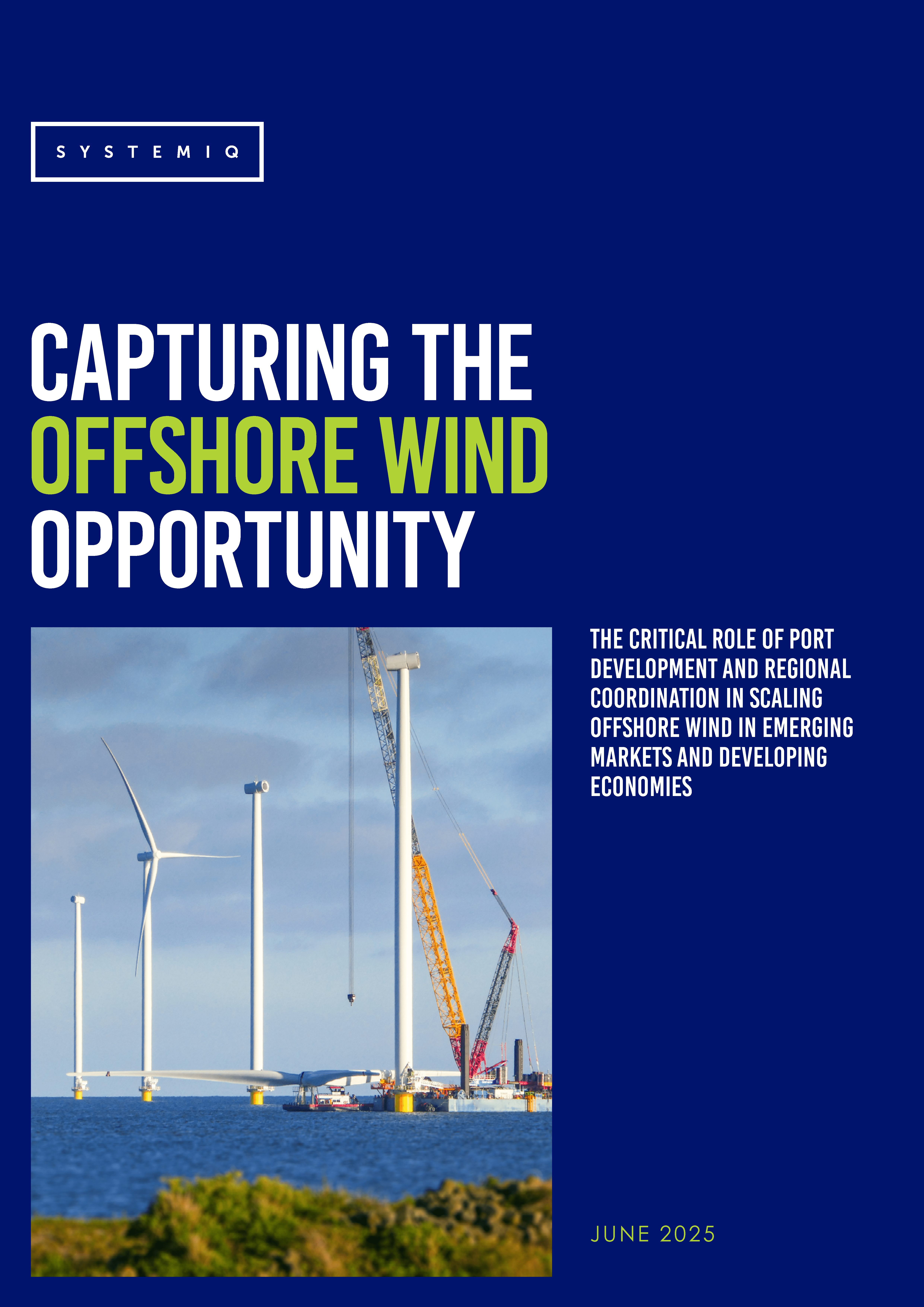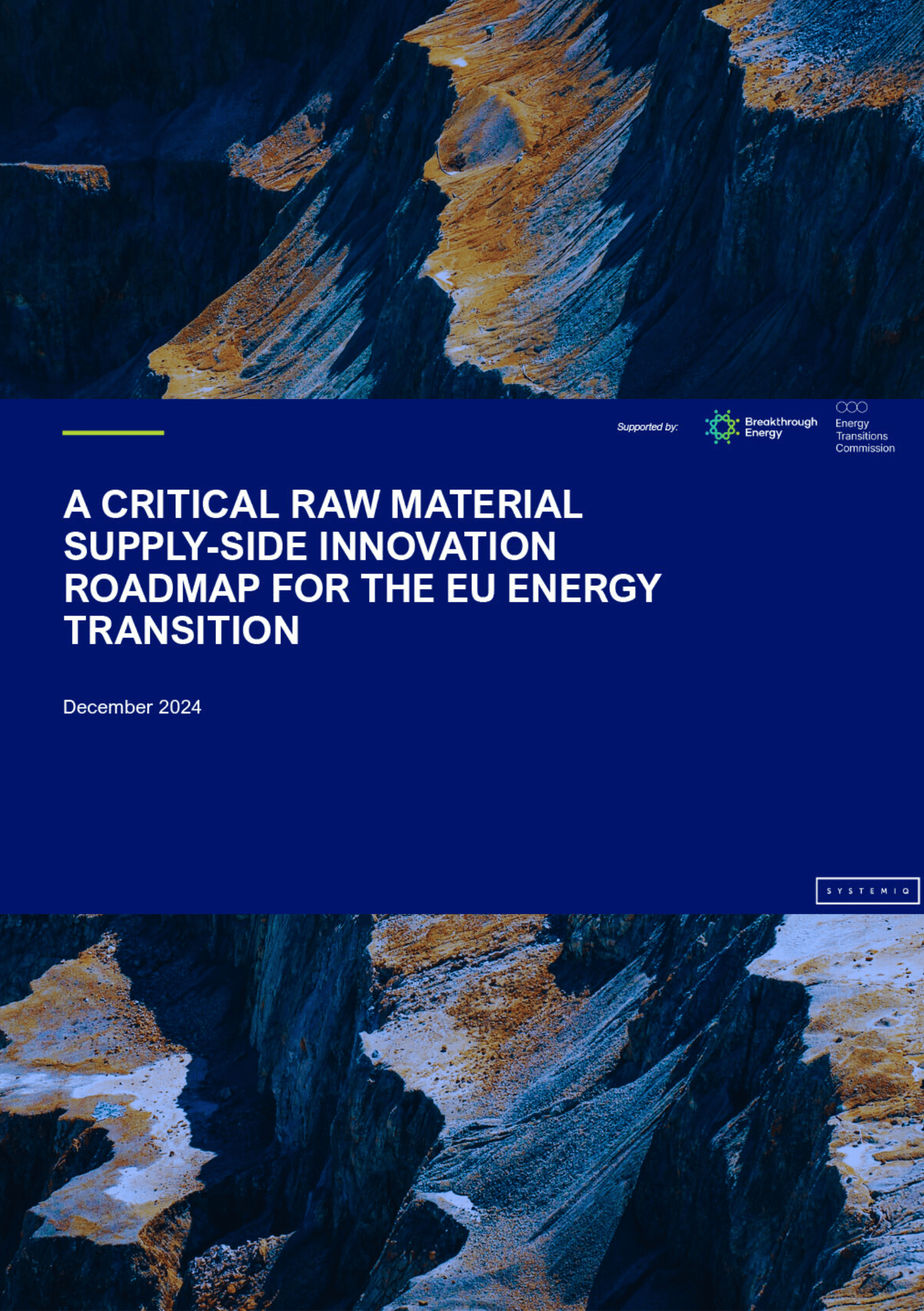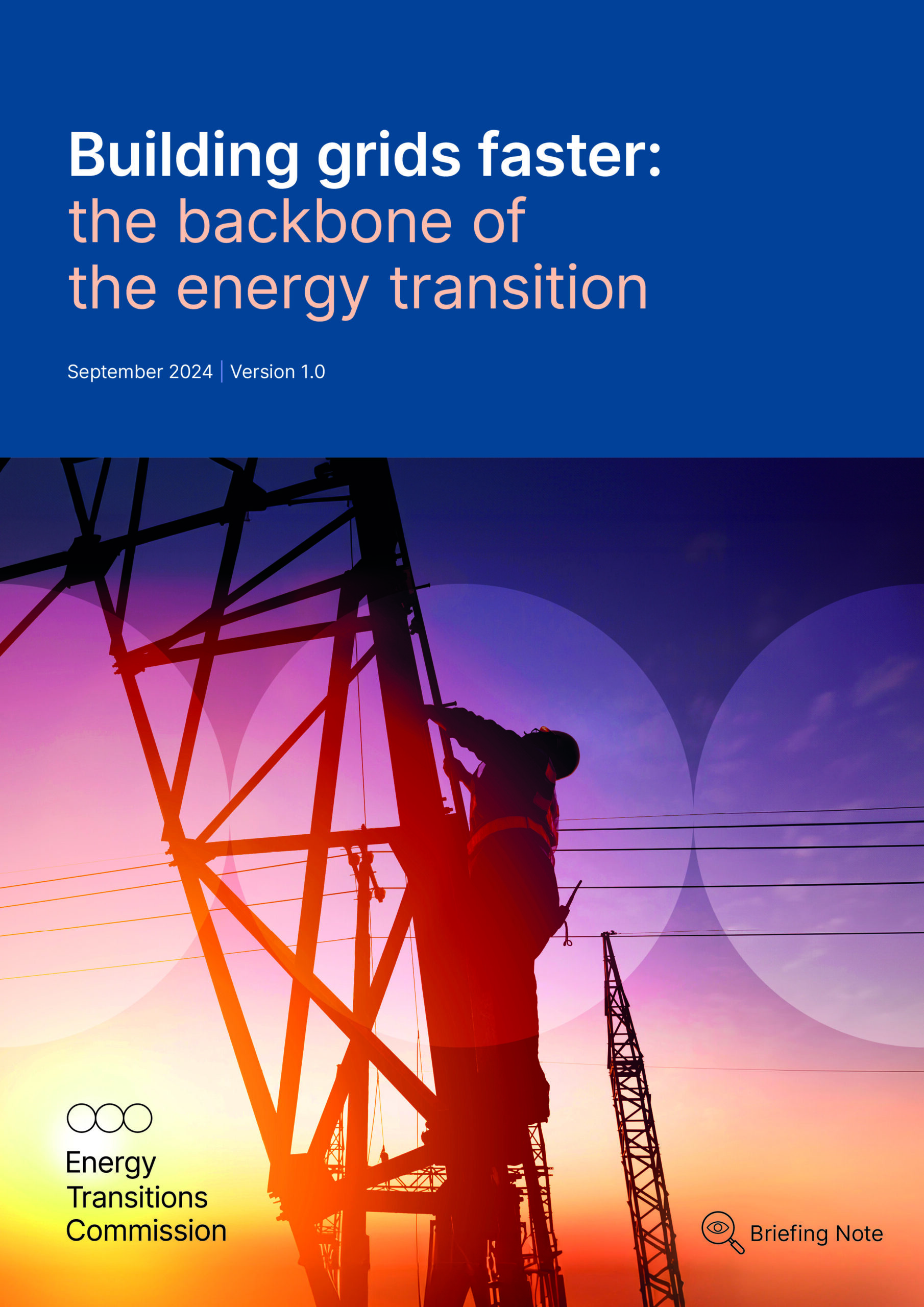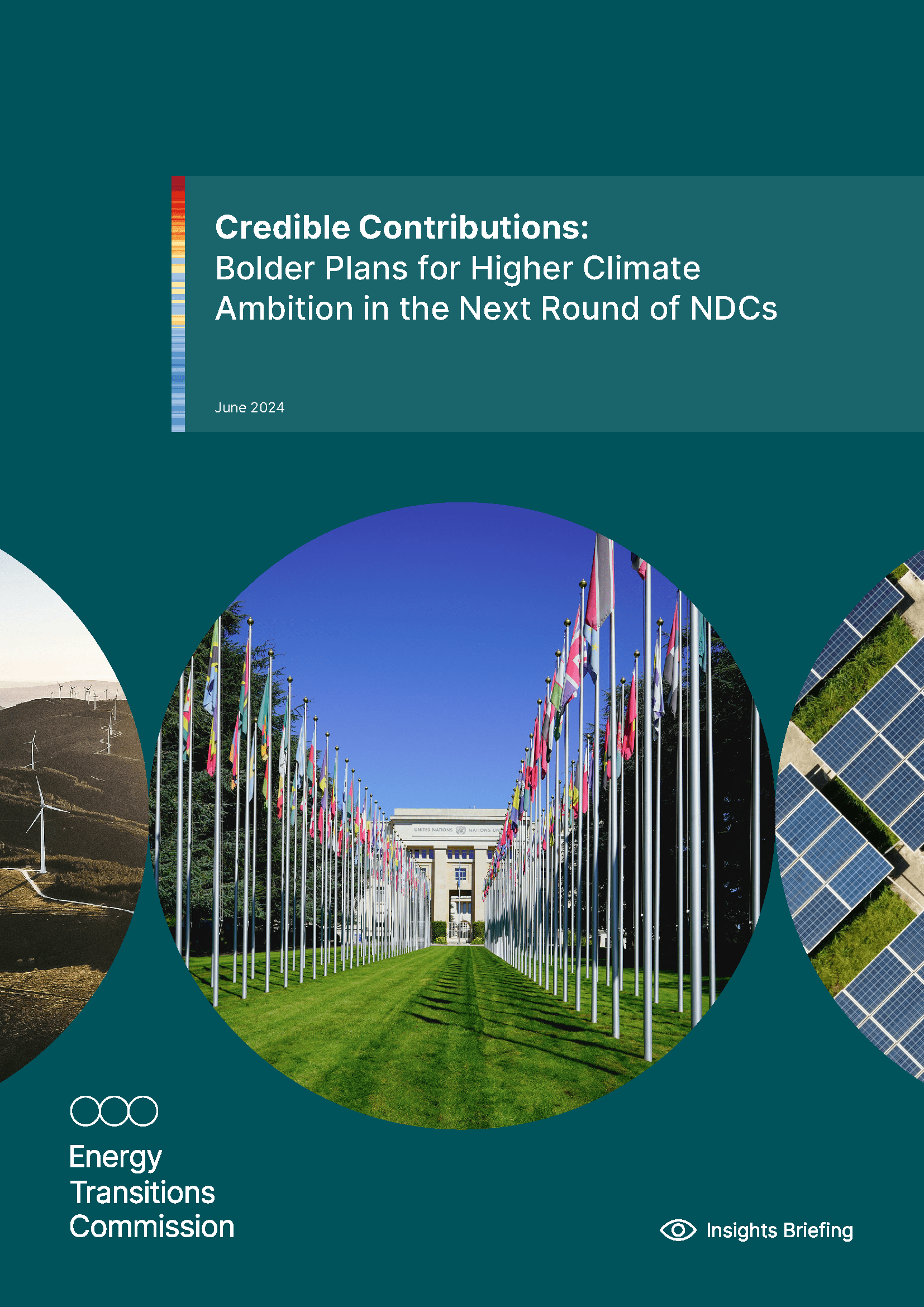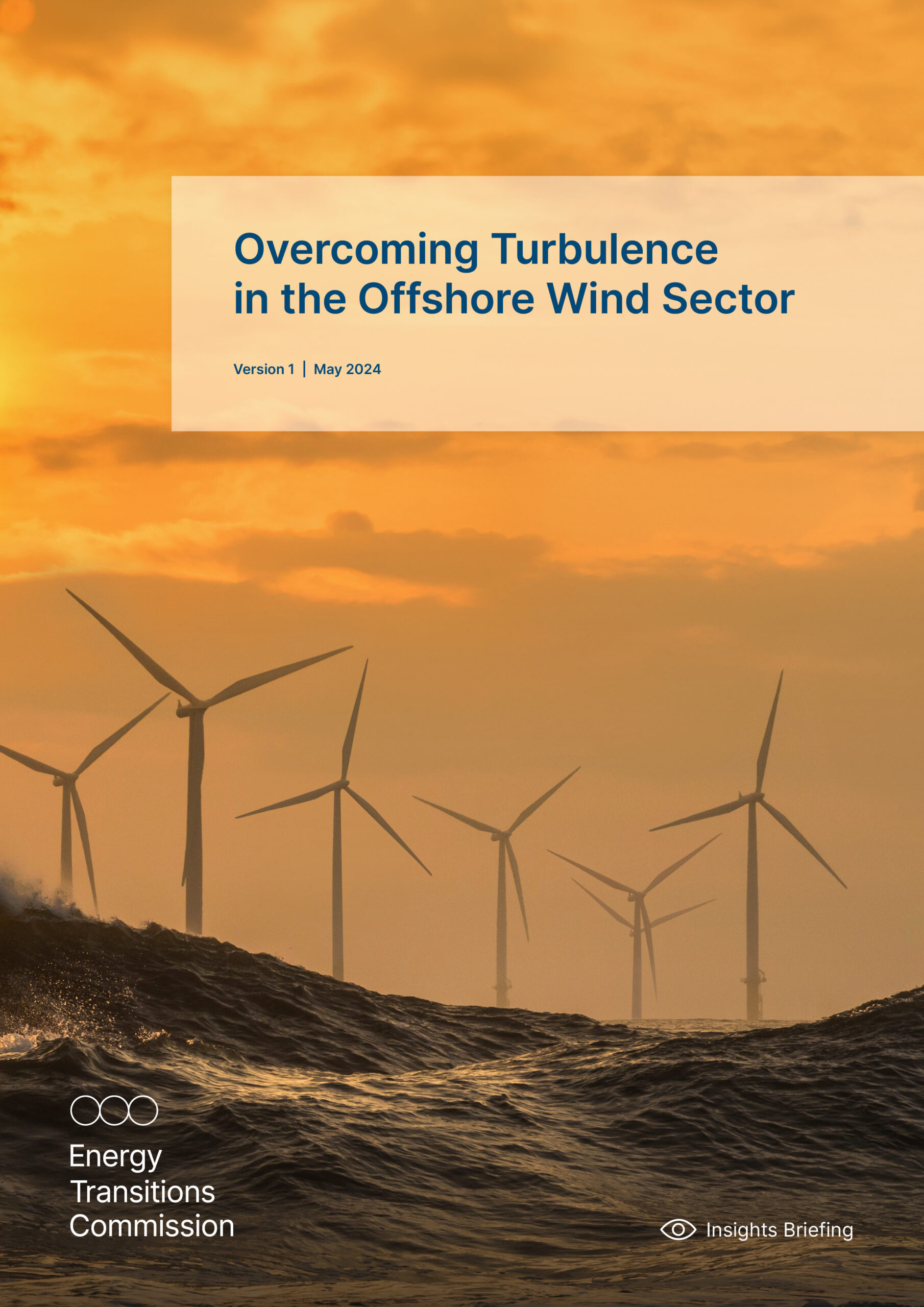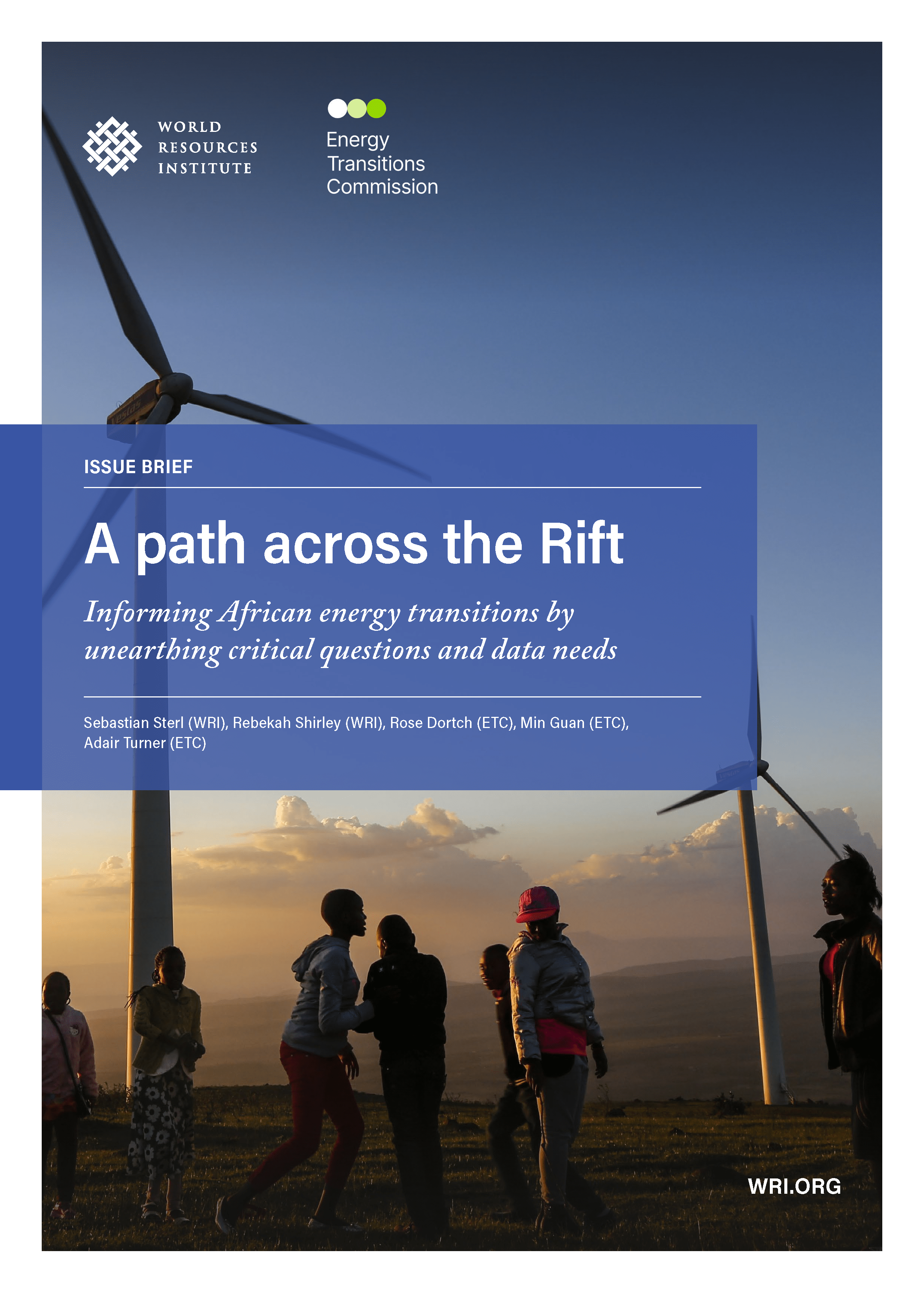Achieving a net-zero-emissions economy by mid-century will require a profound reshuffling of the energy system, with a major shift from carbon-intensive fossil fuels to clean energy sources. It is not possible to forecast precisely what the global energy mix will be in a zero-carbon emissions economy. But, in its Making Mission Possible report, the ETC developed a vision of its likely shape.
Energy programmes

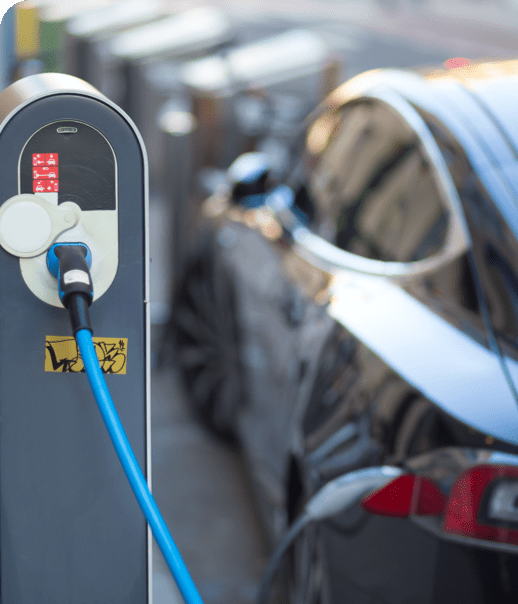
All feasible scenarios involve:
- A massively expanded role for direct electricity use (reaching 65-70% or final energy demand, versus 19% today;
- A very significant expansion of the role of hydrogen (accounting for another 15-20% of final energy demand, with an increasing proportion produced from electrolysis) and of hydrogen-based fuels (ammonia, synfuels);
- Some use of biomass as bioenergy or bio-feedstock for the chemical industry, although limited by the constraints on truly sustainable supply;
- A remaining role for fossil fuels – in particular natural gas – combined with carbon capture and storage or use (in applications that ensure long-term sequestration).
The balance between electricity, hydrogen, biomass and fossil fuels with CCS/U will reflect technology changes and cost trajectories of these different routes over time.
The mix will likely vary across regions based on local resource availability, existing infrastructure and political choices.
Major investments will in any case be required to scale up each of those four clean energy vectors to meet 2050 energy needs. In its 2020-21 work programme, the ETC therefore focuses on how to achieve this massive ramp-up in zero-carbon energy provision.



